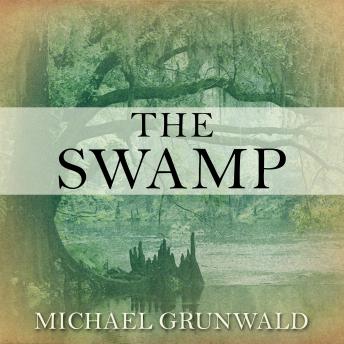

“How far, far out of the world it seems,” Iza Hardy wrote in an 1887 book called Oranges and Alligators: Sketches of South Florida. So it’s easy to forget that South Florida was once America’s last frontier, generally dismissed as an uninhabitable and undesirable wasteland, almost completely unsettled well after the West was won. Today, Florida’s southern thumb has been transformed into a subtropical paradise for millions of residents and tourists, a sprawling megalopolis dangling into the Gulf Stream that could sustain hundreds of billions of dollars in damage if Hurricane Irma makes a direct hit.

should just leave the area to the Indians and the mosquitoes as one general put it, “I could not wish them all a worse place.” Or as one lieutenant complained: “Millions of money has been expended to gain this most barren, swampy, and good-for-nothing peninsula.”

The consensus among the soldiers was that the U.S. troops there for two years, groused that he wouldn’t trade a square foot of Michigan or Ohio for a square mile of Florida. “It was the most dreary and pandemonium-like region I ever visited, nothing but barren wastes.” An officer summarized it as “swampy, low, excessively hot, sickly and repulsive in all its features.” The future president Zachary Taylor, who commanded U.S. “Florida is certainly the poorest country that ever two people quarreled for,” one Army surgeon wrote. Today, their letters read like Yelp reviews of an arsenic café, denouncing the region as a “hideous,” “loathsome,” “diabolical,” “God-abandoned” mosquito refuge. Army men who chased the Seminole Indians around the peninsula in the 1830s. ORLANDO, Fla.-The first Americans to spend much time in South Florida were the U.S. Michael Grunwald is a senior staff writer for Politico Magazine.


 0 kommentar(er)
0 kommentar(er)
